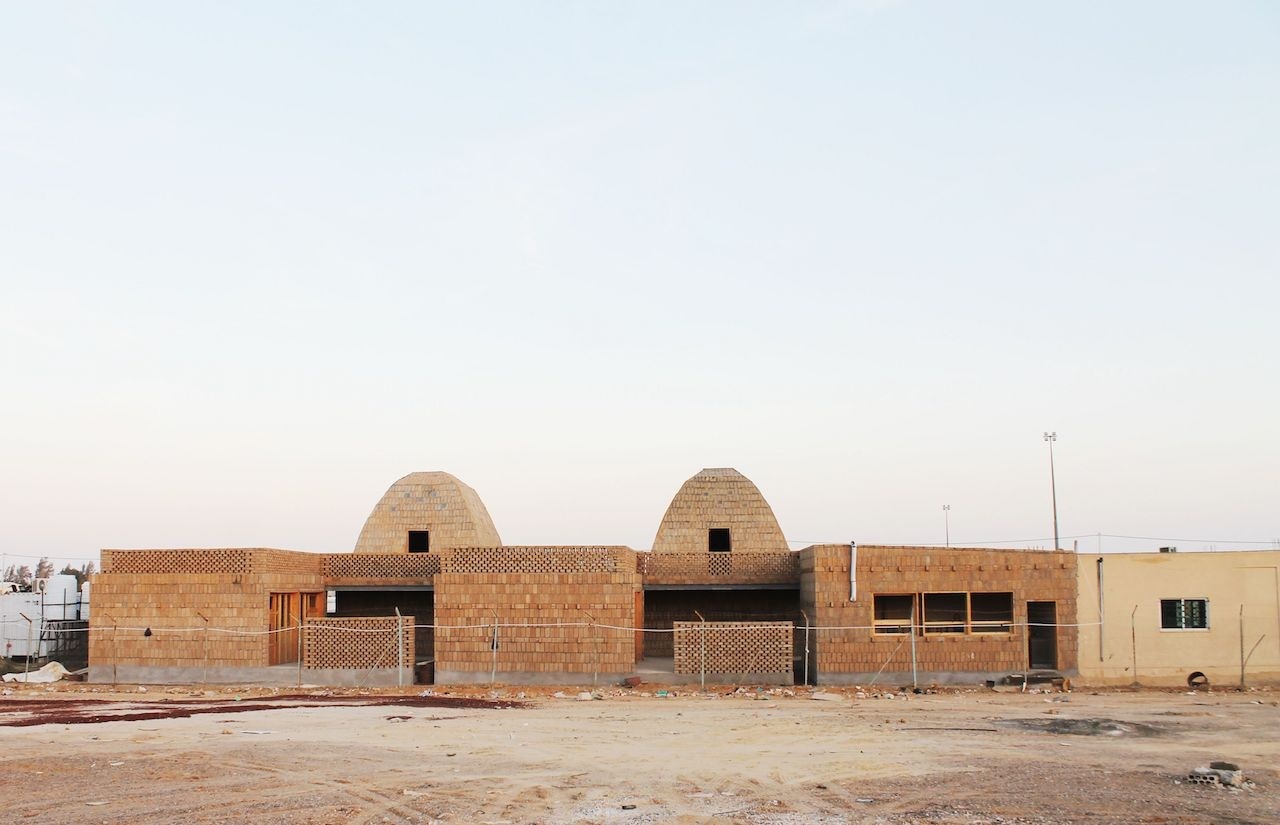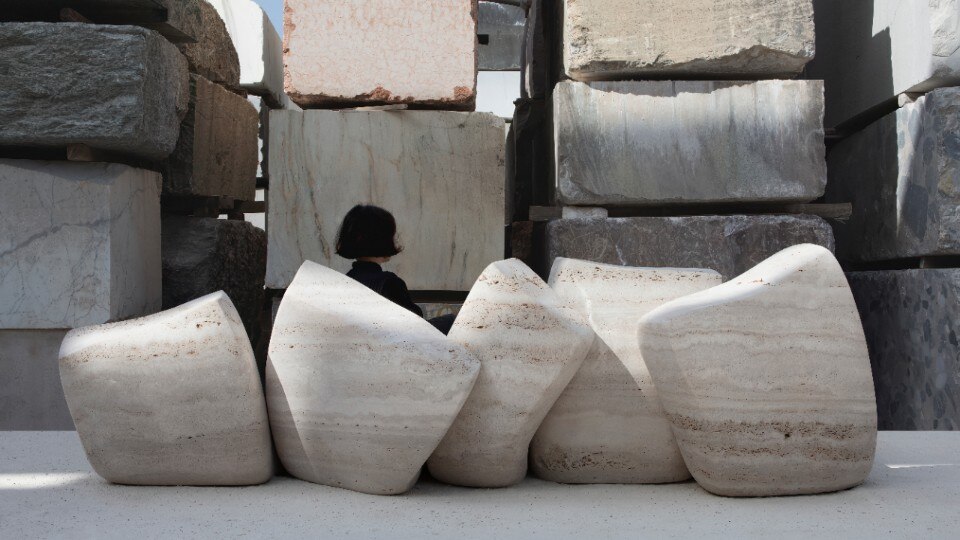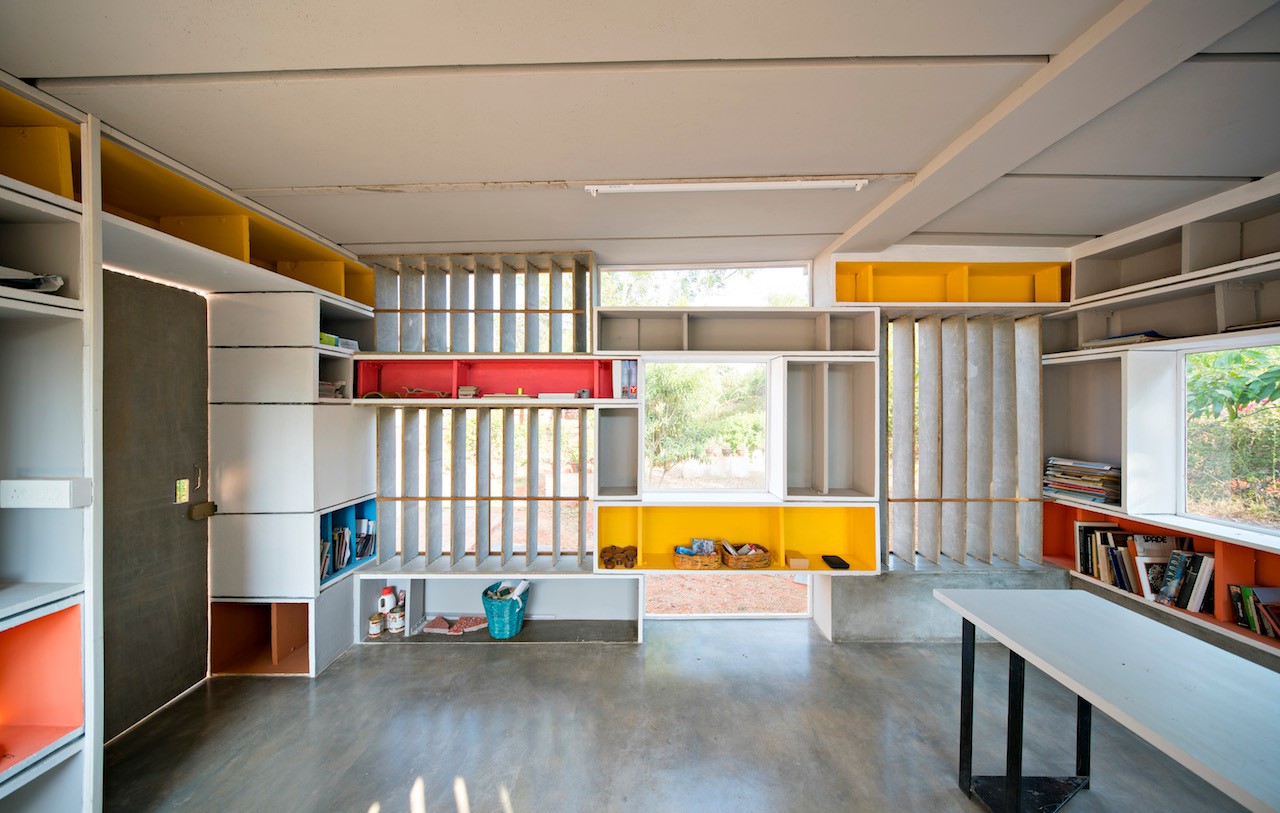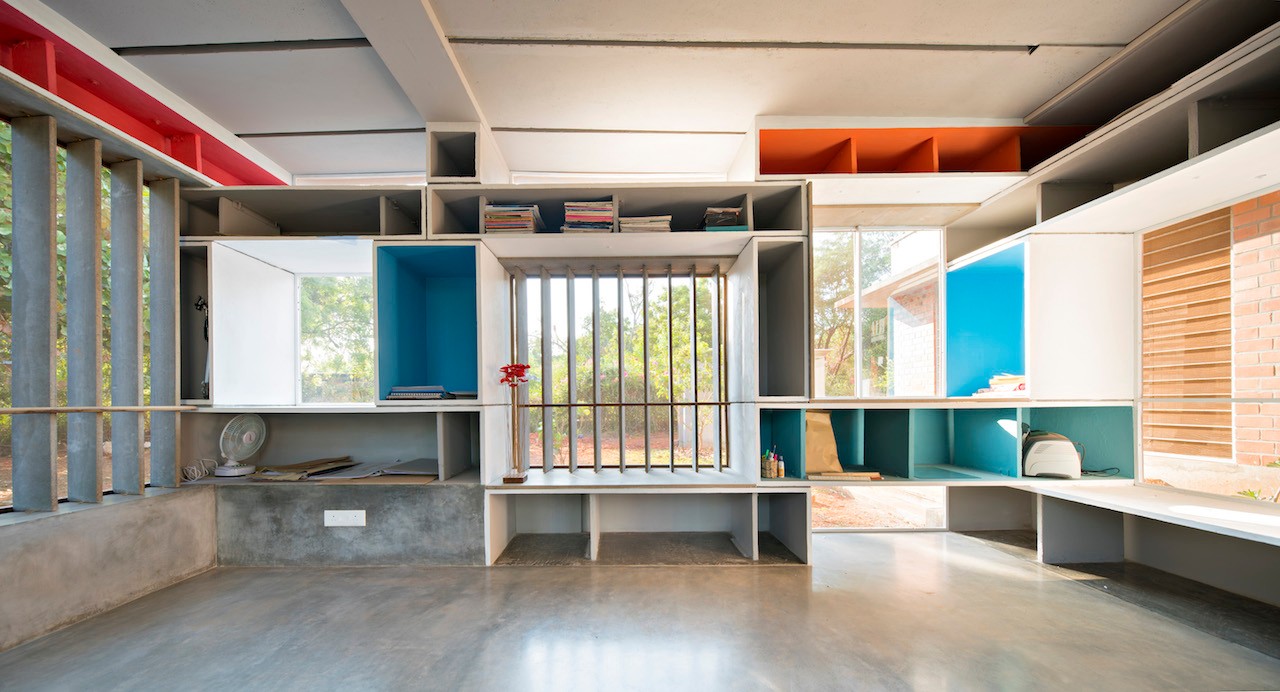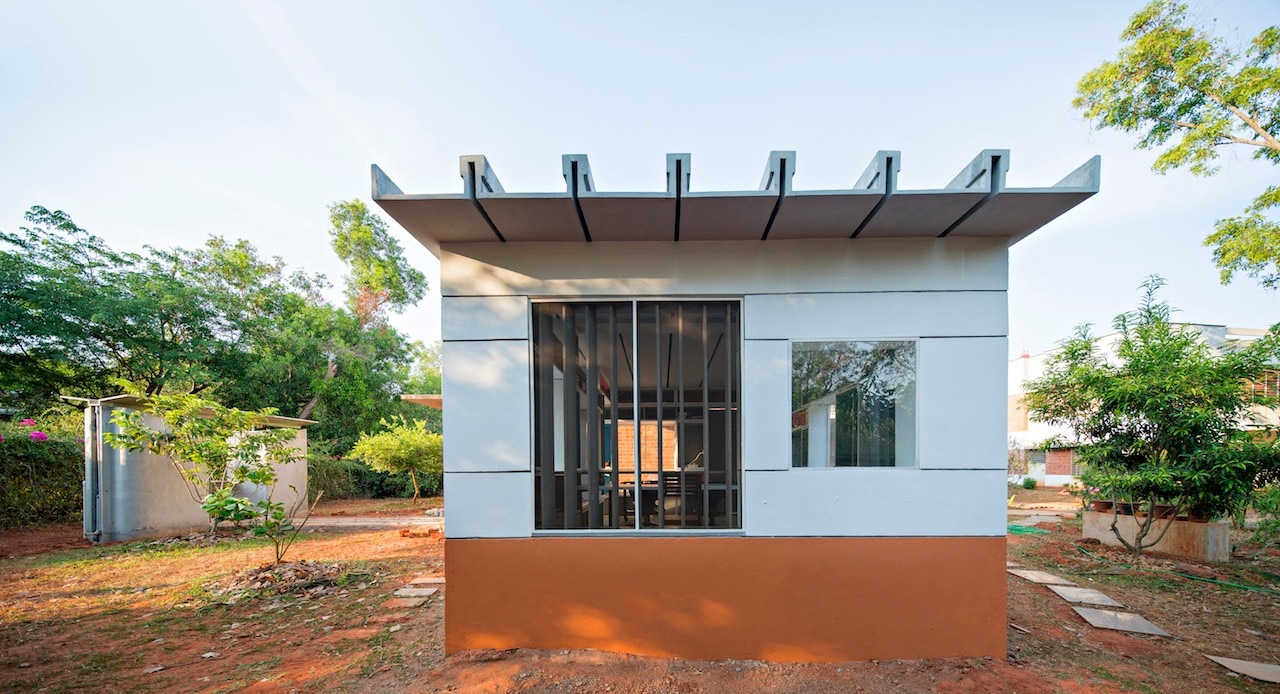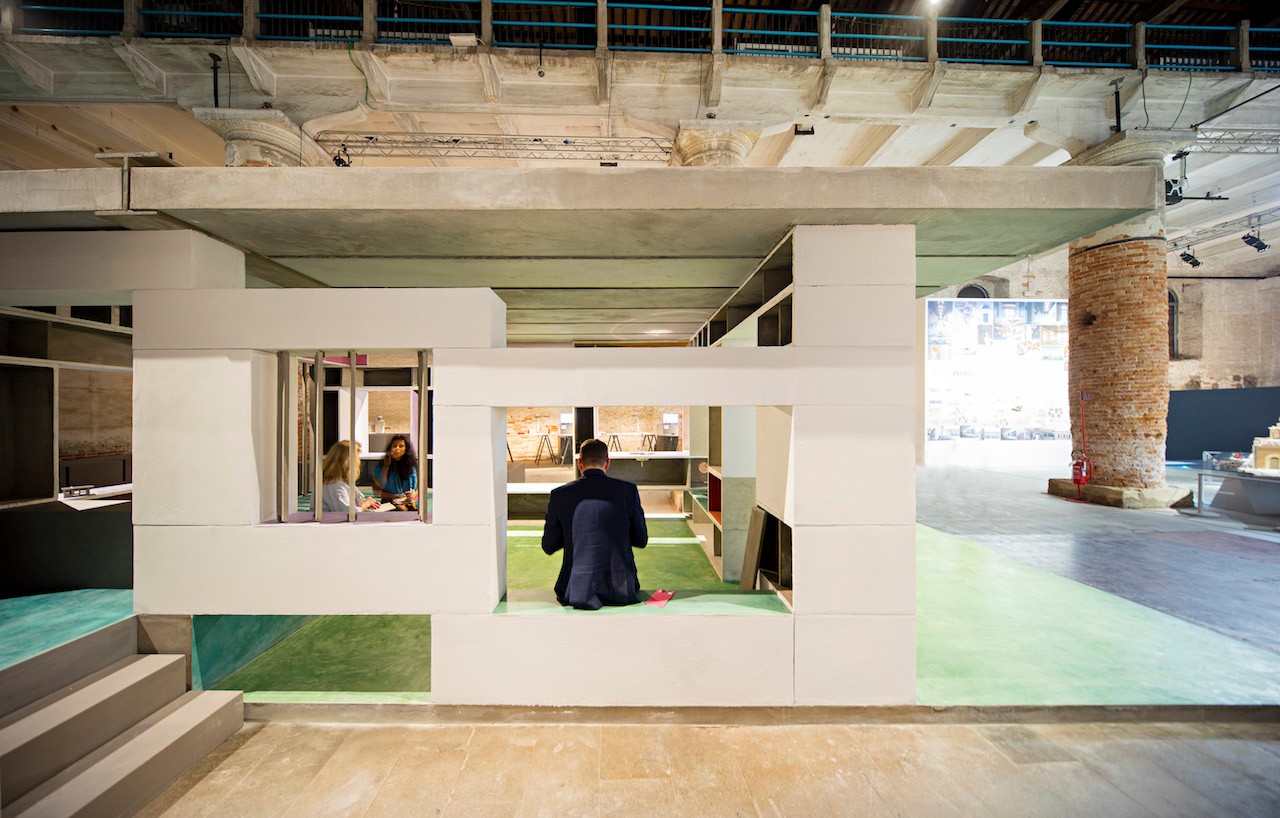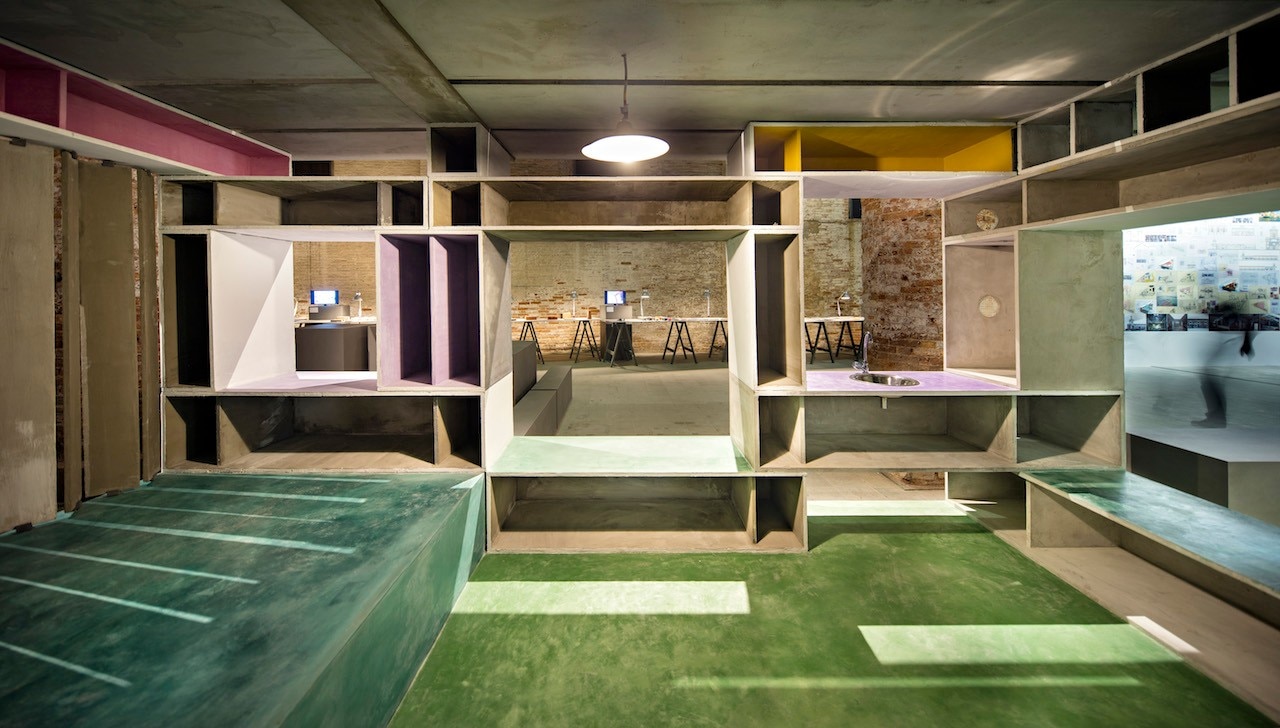This article was originally published on the supplement of Domus 1038, September 2019
“The role of architecture has not changed. The problems and challenges it must respond to have increased. The great responsibilities architecture has are not new, but the difference today is that they carry more weight. The 17 United Nations Sustainable Development Goals have made all this clear and more visible. If we look at them as a whole, we see that they touch upon different aspects of the design process and that they involve environmental, economic and social responsibilities. The goals’ beauty lies precisely in the fact that they hold together many design ambits.”
The Danish architect Natalie Mossin has no doubts. Architecture must play an active role and interact with society, citizens, governments and companies. It must augment quality of life while respecting the planet. “I believe the 17 goals are all equally important, but I’d like to underline the last one: partnerships,” she says. “In order to activate real change, it is fundamental to involve people and communities while appreciating the character of places. In Denmark, the inclusion of communities in decision-making processes is a big part of the culture and is regulated by law. While travelling, I witnessed some sharing projects in Africa, India and the United States in which architects, engineers and local communities collaborate with each other. Unfortunately, these projects are not very common. Mossin thinks that joint effort is key, and she calls upon her colleagues. “Dialogue between architects and the community has positive effects for both parties regarding the design project and regarding the strengthening and advancement of the community. Architects themselves must believe in this partnership first. The core of the matter is sharing.
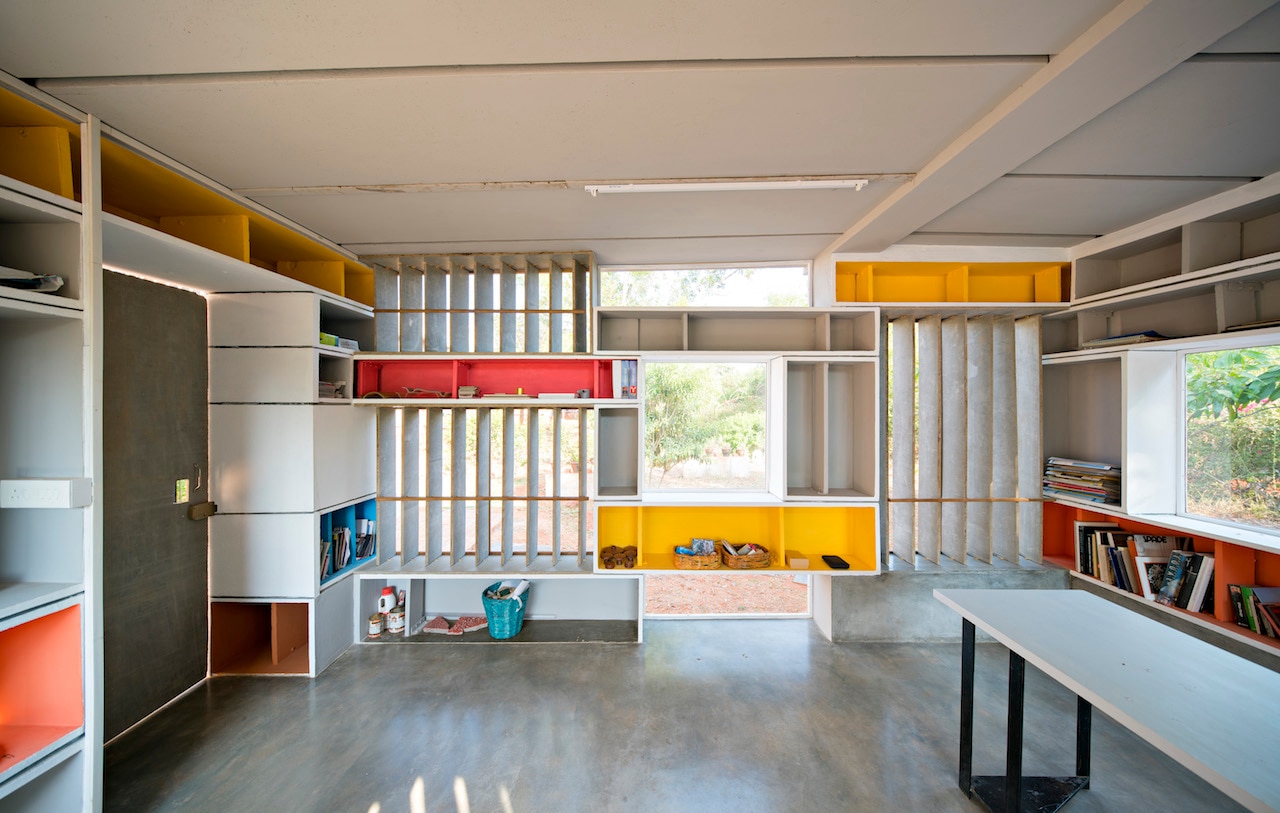
Can a deep understanding of local culture and behaviours be the key for accomplishing the goals? Or what else?
In the past, the modernist movement believed in universal solutions to problems. Now it has become evident that things do not work out that way. It is not possible to give a global answer. What works for Denmark may not work for Egypt. We must consider the climate, the culture and all local capacities, production and materials. Only by considering the specificities of an individual place can we build the best architecture for that precise context.
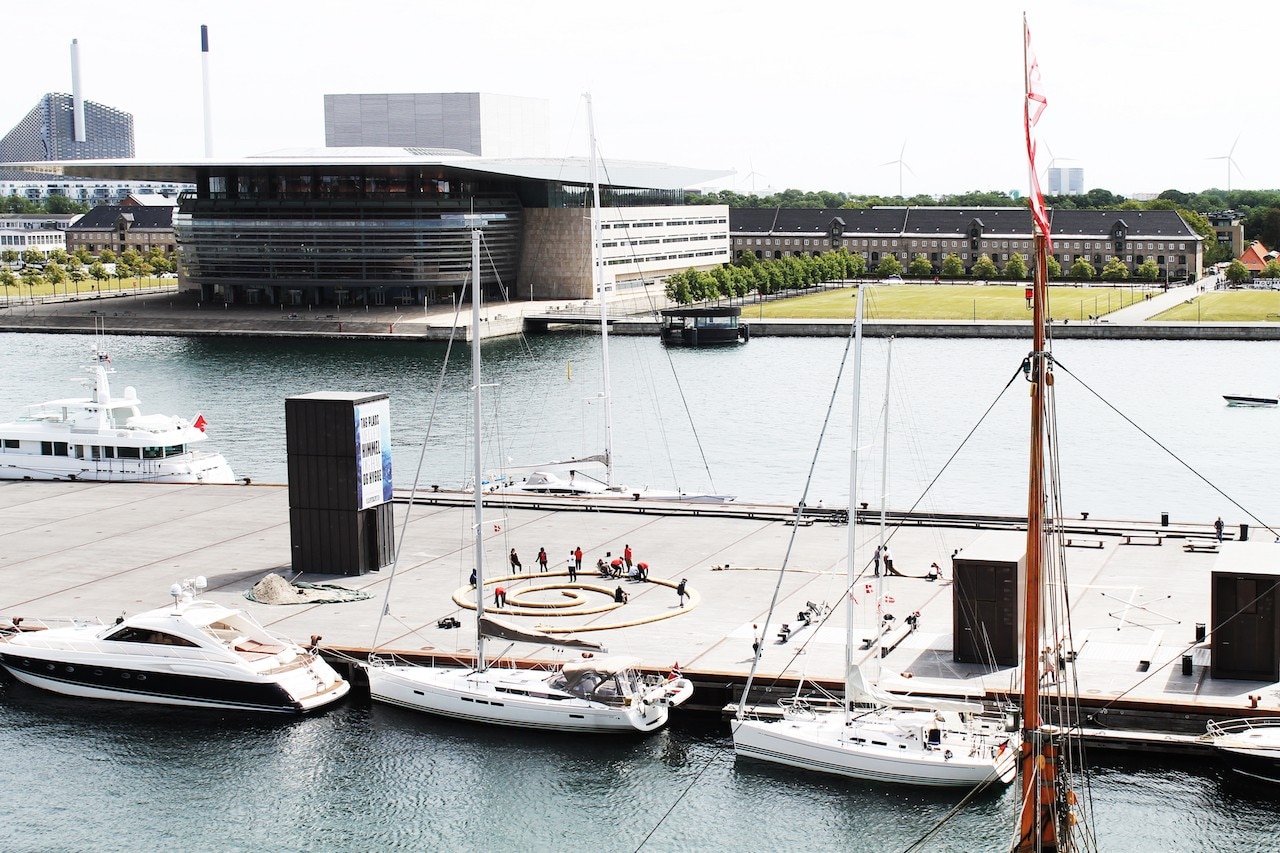
How could we balance global approach with local scale?
Sharing must come about on a global level and work at a local level. We can share calculations, construction skills, experience, simulation instruments and know-how in general. If, for instance, we want to employ local materials in order to spare transportation costs and support the local industry and community, we need to compensate for this in other ways. For example, at a conference held in September 2018 at the Danish Architecture Center in Copenhagen, the architect Anupama Kundoo spoke about how she succeeded in using local bricks for a project in India. The bricks were not particularly strong, but thanks to the analysis of static loads calculated by German engineers, she was able to use them. The advanced method of calculation was shared internationally. Global knowledge was applied to a local material. As architects, we have a high level of knowledge and expertise that we can share globally with great benefits for everyone.”
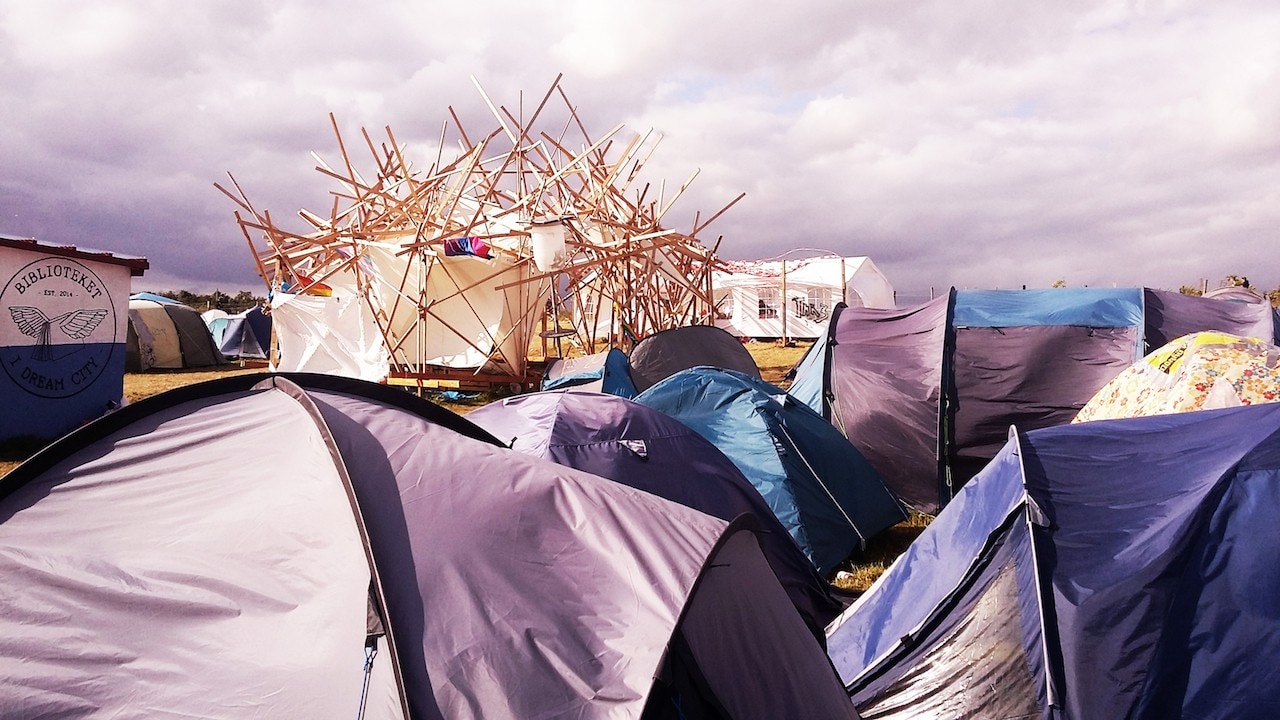
From an academic perspective, do you sense a renovated interest of young practitioners towards environmentally/technologically sustainable and socially-engaged architectural practices?
Of course. My Institute offers a bachelor's degree and three specialization courses (Master programmes). Among these, the one dedicated to sustainability is very popular. The success of the course shows that young people want to create the architecture of the future, and they want it to be sustainable. I have a feeling that this is a greater movement of society. Young people certainly want to change, but I am seeing committed architects of all ages. This is the case of Vassilis Sgoutas, honorary president of UIA, who has been fighting for these causes for years. We have professionals of all ages who believe in this, but the new generations have understood the extreme situation in which the planet is today.
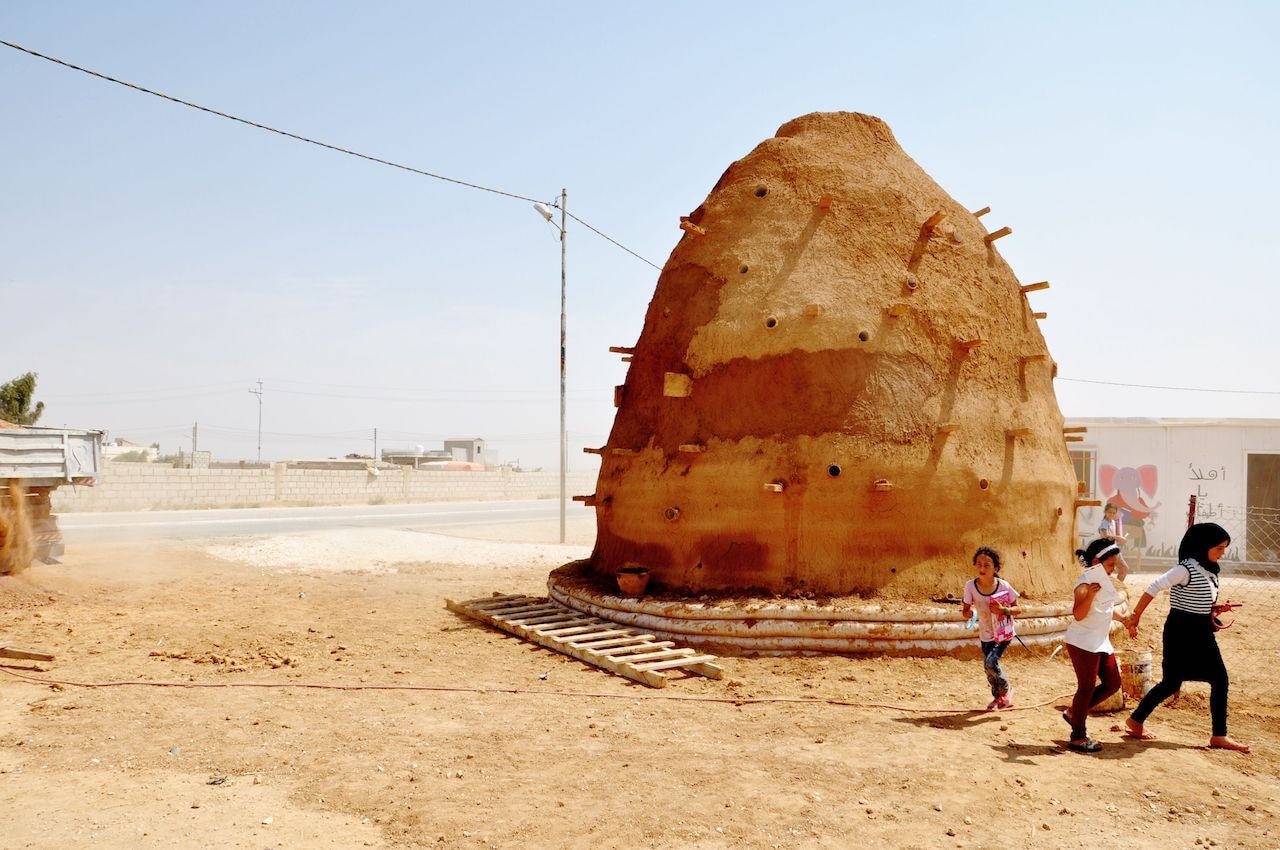
Which is the goal that students understand easier?
Number 11, Sustainable cities and communities. It is immediately understood. In-depth analysis shows that architecture interacts with all 17 goals. Moreover, each of us is different: some prefer focusing on gender equality, while others prefer training. But everyone understands that the goals are intertwined and all equally important.
Opening image: the new School Campus in the village of Azraq, Jordan, designed by Emergency Architecture Human Rights. It's the second project of the 100 Classrooms for Refugee Children in the Middle East program
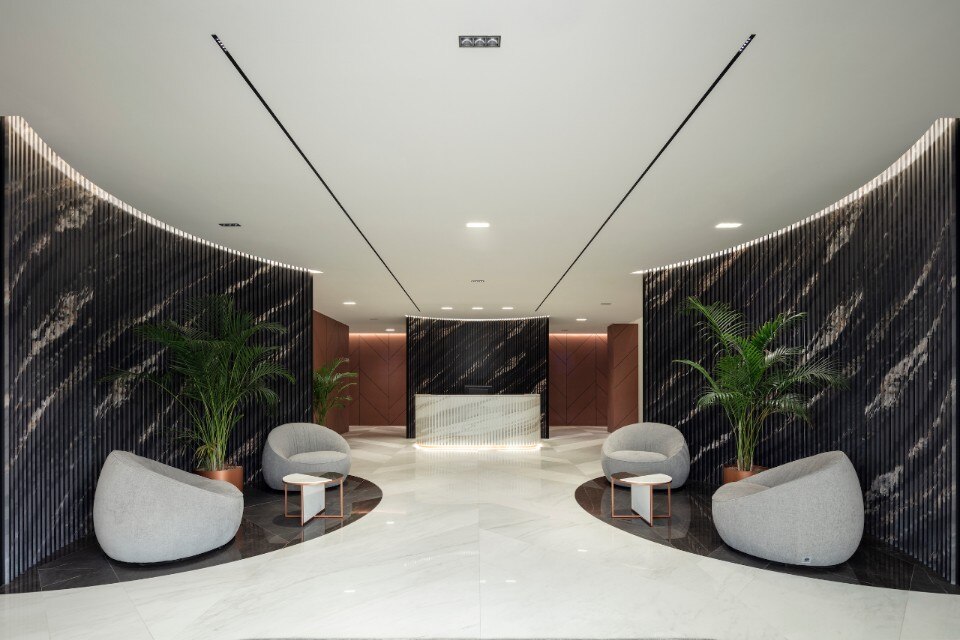
The restyling of Fiandre’s historic headquarters
The project by Iosa Ghini Associati studio is the ultimate expression of the company’s products and philosophy. The result is a workspace meant to be lived in.


